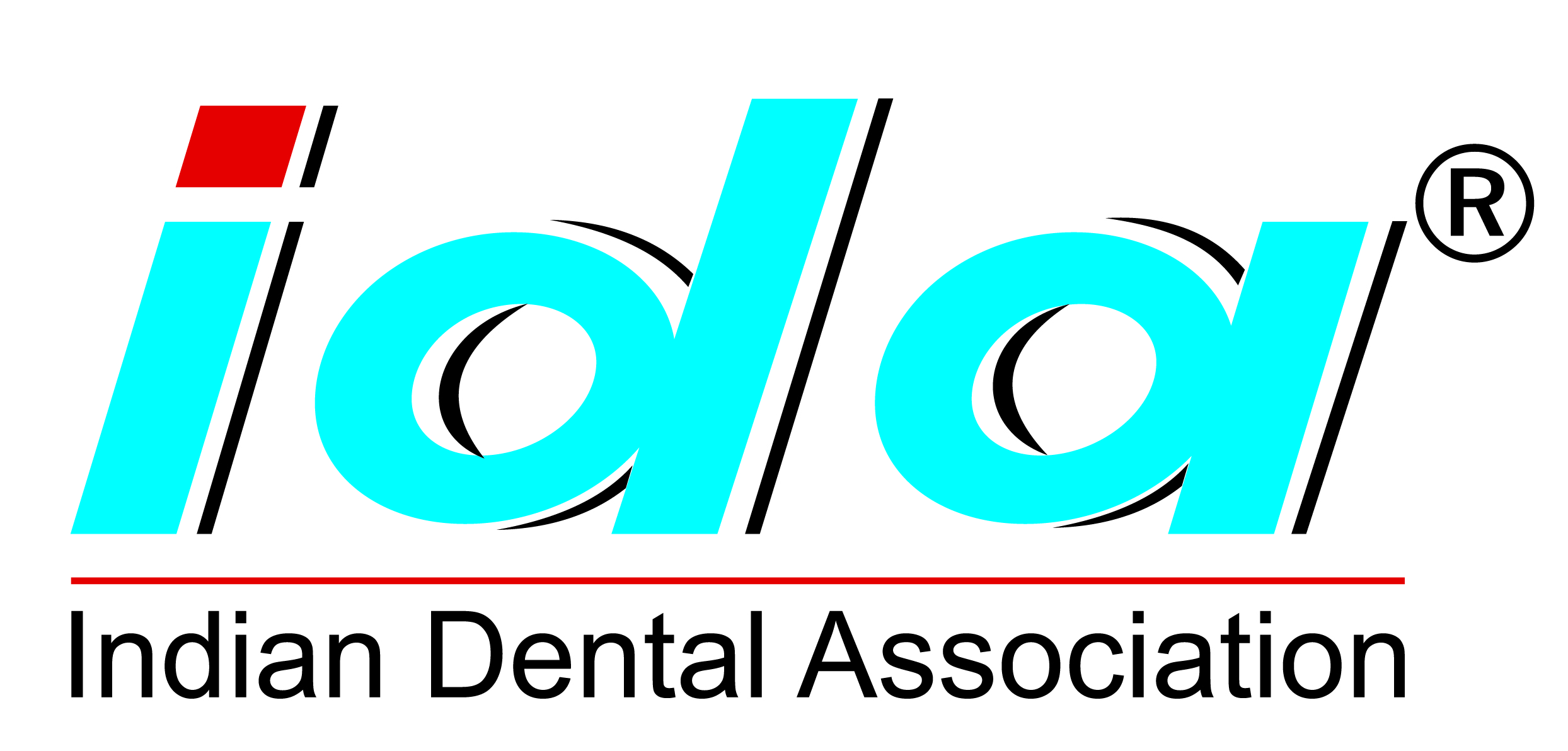- IDA Catalogue
- IDA Resource Centre
- National Oral Health Programme
- Healthy Mouth Healthy Body
- Happy Smile Healthy Smile - National School Oral Health Programme
- IDA Health Centre
- National Oral Health Care Awards - Sushruta Awards
- Swachh Mukh Abhiyaan
- IDA Foundation
- Muskaan
- Dental Surveys
- APJ Abdul Kalam Education & Research Centre and Superspeciality Dental Clinic





